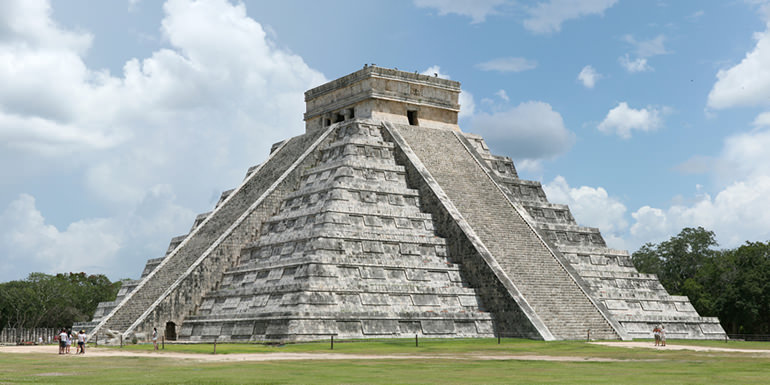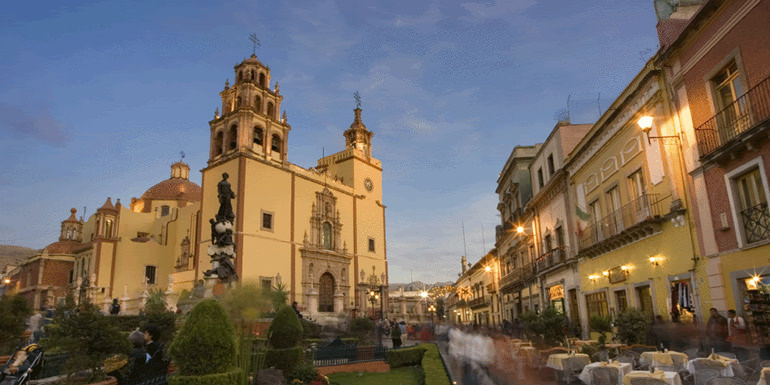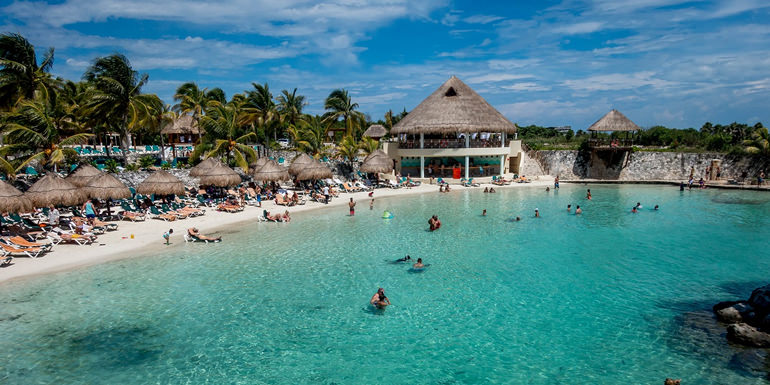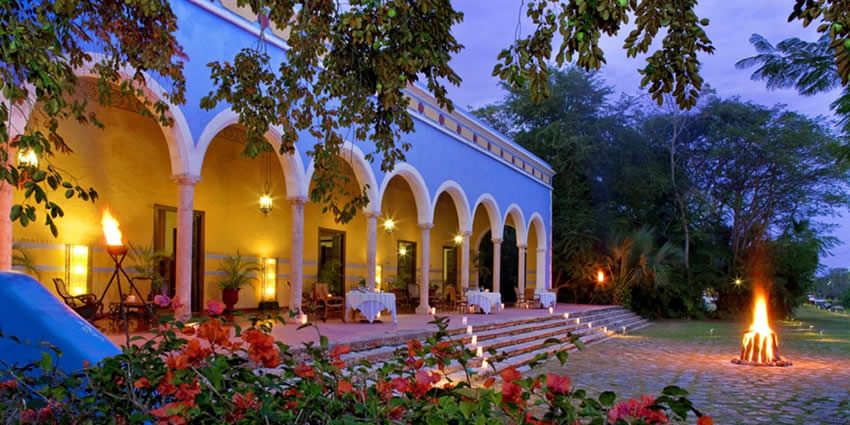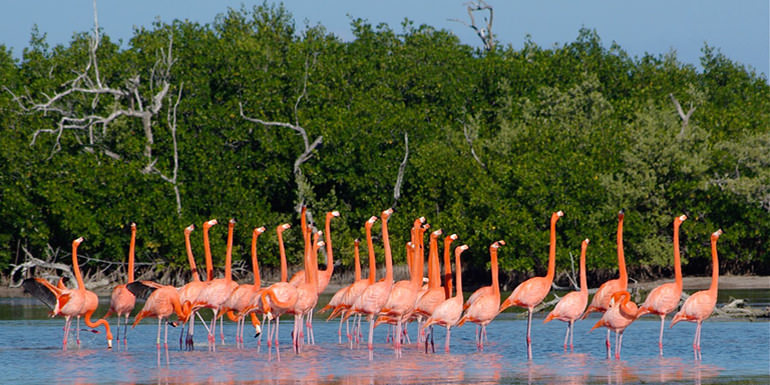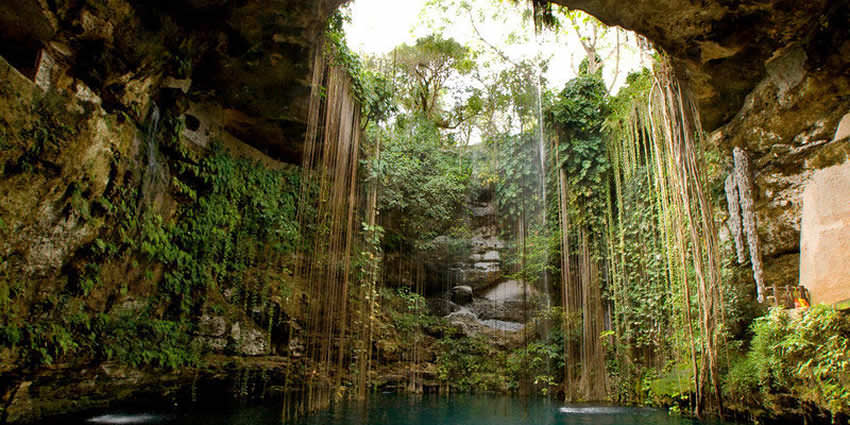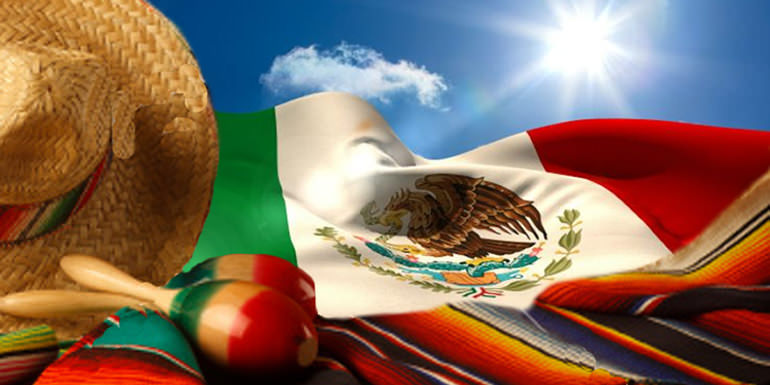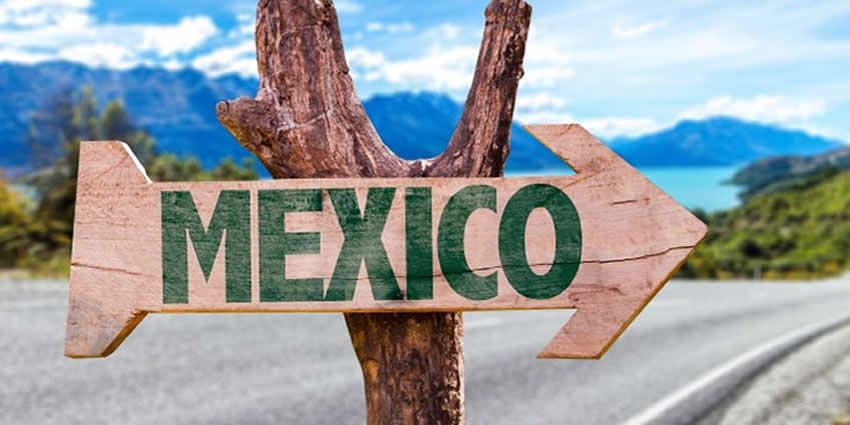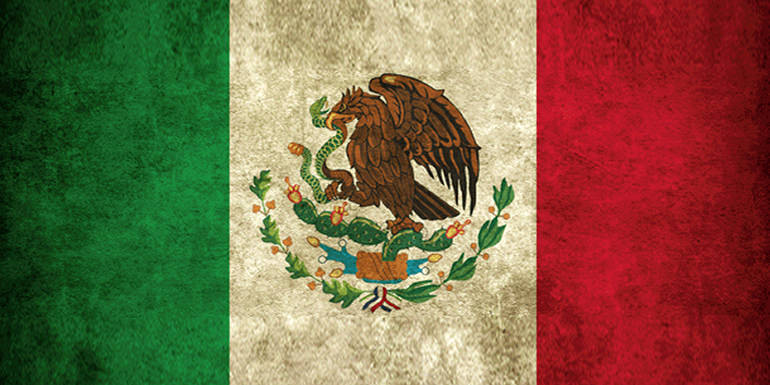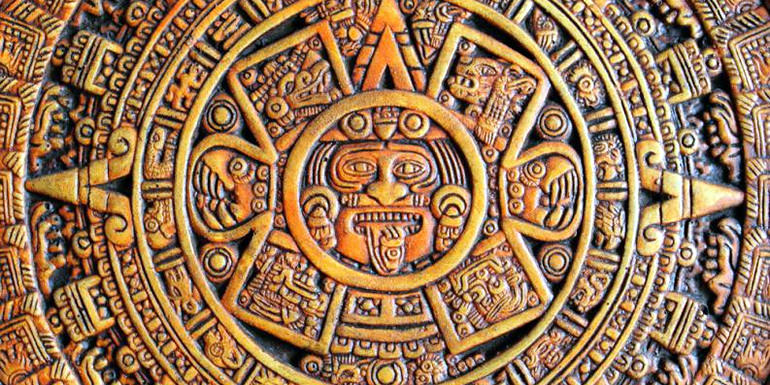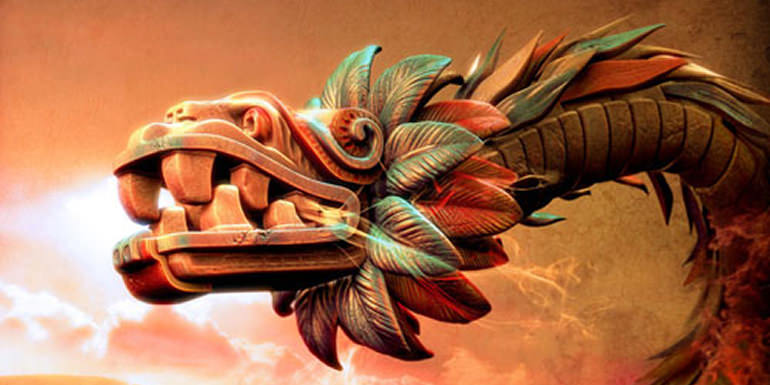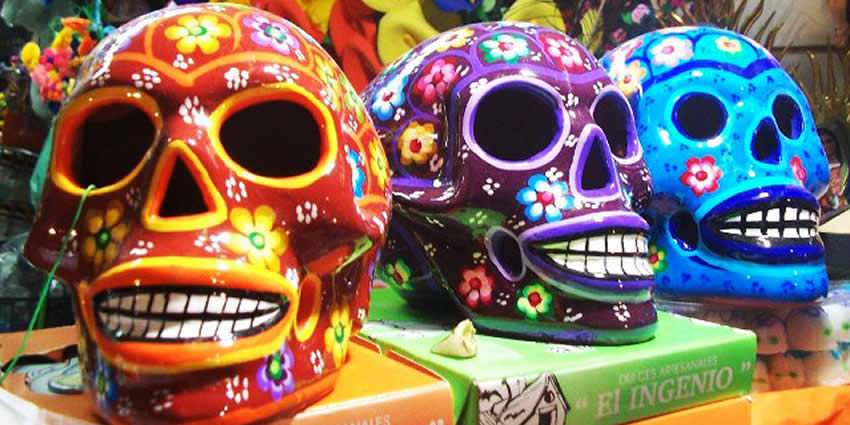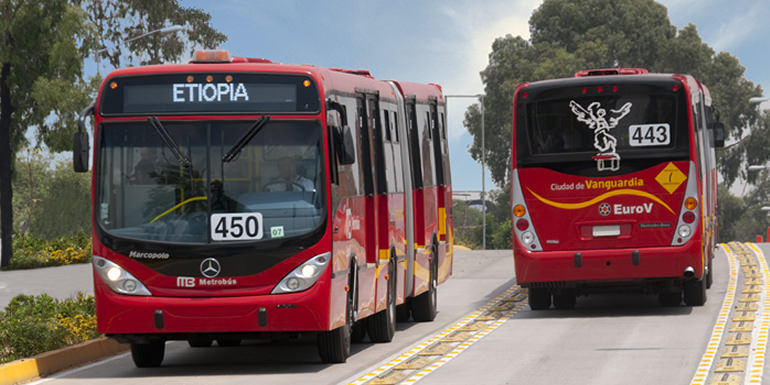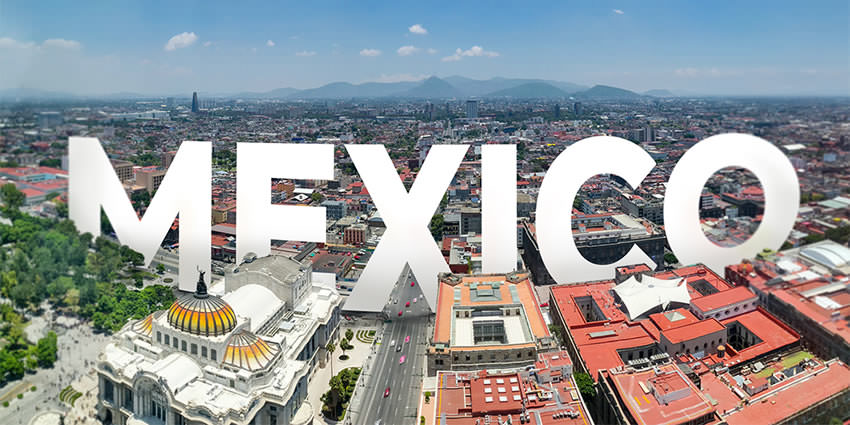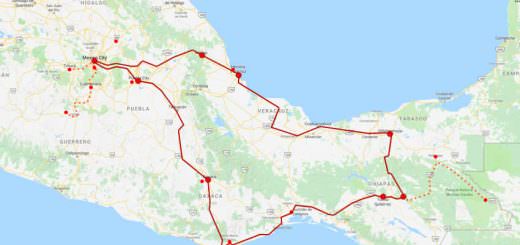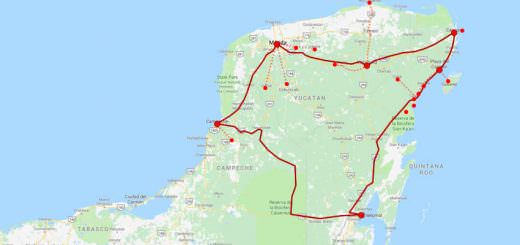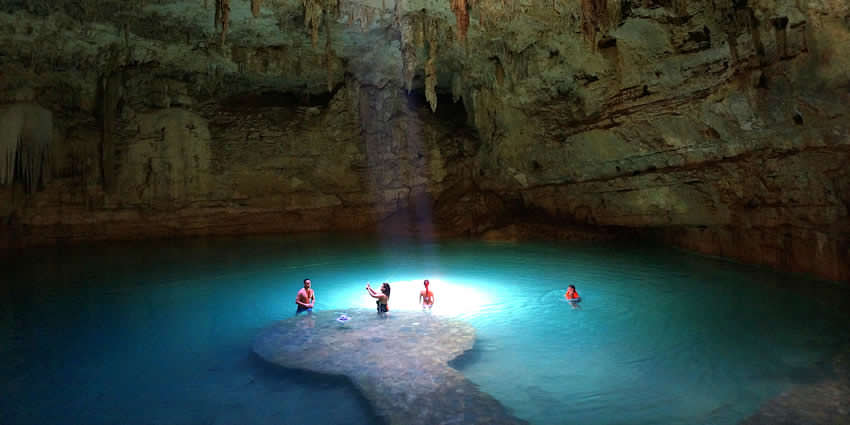
Balankanché
Grottos of Balancanche (Grutas de Balancanché) are the most famous Maya cave sites, near Chichen Itza, in Mexico. This network of sacred caves is located approximately 4 km from the Chichen Itza site.
The Grottos of Balancanche are one of the most impressive Maya ceremonial caves and underground waterways. Visitors can see Mayan offerings vessels still in place within the main cave dome and ceremonial site.
Although the cave has been used as a tourist attraction for the past more than 20 years, a large selection of ancient pottery and idols can still be seen at the sites where they were left in pre-Columbian times.
Origin of the Name
Balamka’anche’ in Yucatec Maya. The name translates to “the cave of the sacred jaguar throne”. According to another version, the name of the cave is related to the Mayan leaders, not the animal jaguar.
Other name variations are Balancanche, Balaamcanche, Balaancanche, Balankanche, and Balancanchyn.
History & Rediscovery
Balancanché was known to the Mayans as early as the pre-classical period, 3,000 years ago. The cave was a source of water and because of this, was the object of worship to the god of rain, Chaac.
For the first time, Balancanché was visited by Edward Thompson and Alfred Tozzer in 1905. A.S. Pearse and a team of biologists explored the cave in 1932 and 1936. E. Wyllys Andrews IV also explored the cave in the 1930s.
Edwin Shook and R.E. Smith explored the cave in 1954 and dug several trenches to recover potsherds and other artifacts. Shook determined that the cave had been inhabited over a long period, at least from the Preclassic to the post-conquest era.
On 15 September 1959, José Humberto Gómez, a local guide, discovered a false wall in the cave. Behind it was a Maya sanctuary consisting of the “Altar of the Jaguar” and the “Altar of Pristine Waters”.
José Humberto Gómez found an extended network of caves with significant quantities of undisturbed archaeological remains, including pottery and stone-carved censers, stone implements, and jewelry.
The cave ended at a small lake.
The sanctuary has been studied and described by Ramon Pavon Abreu. It turned out that the sanctuary was built in honor of the god Tlaloc, and walled in about 842 AD during the Classic Maya collapse.
INAH converted the cave into an underground museum, and the all objects after being cataloged were returned to their original places so visitors could see them in situ, almost the same way they were left there.
How to get there
- From Valladolid by bus, “colectivo” or local agency tour.
- Getting there in a taxi from Valladolid will take around 0:45 min.
Let us know if this article was useful for you

